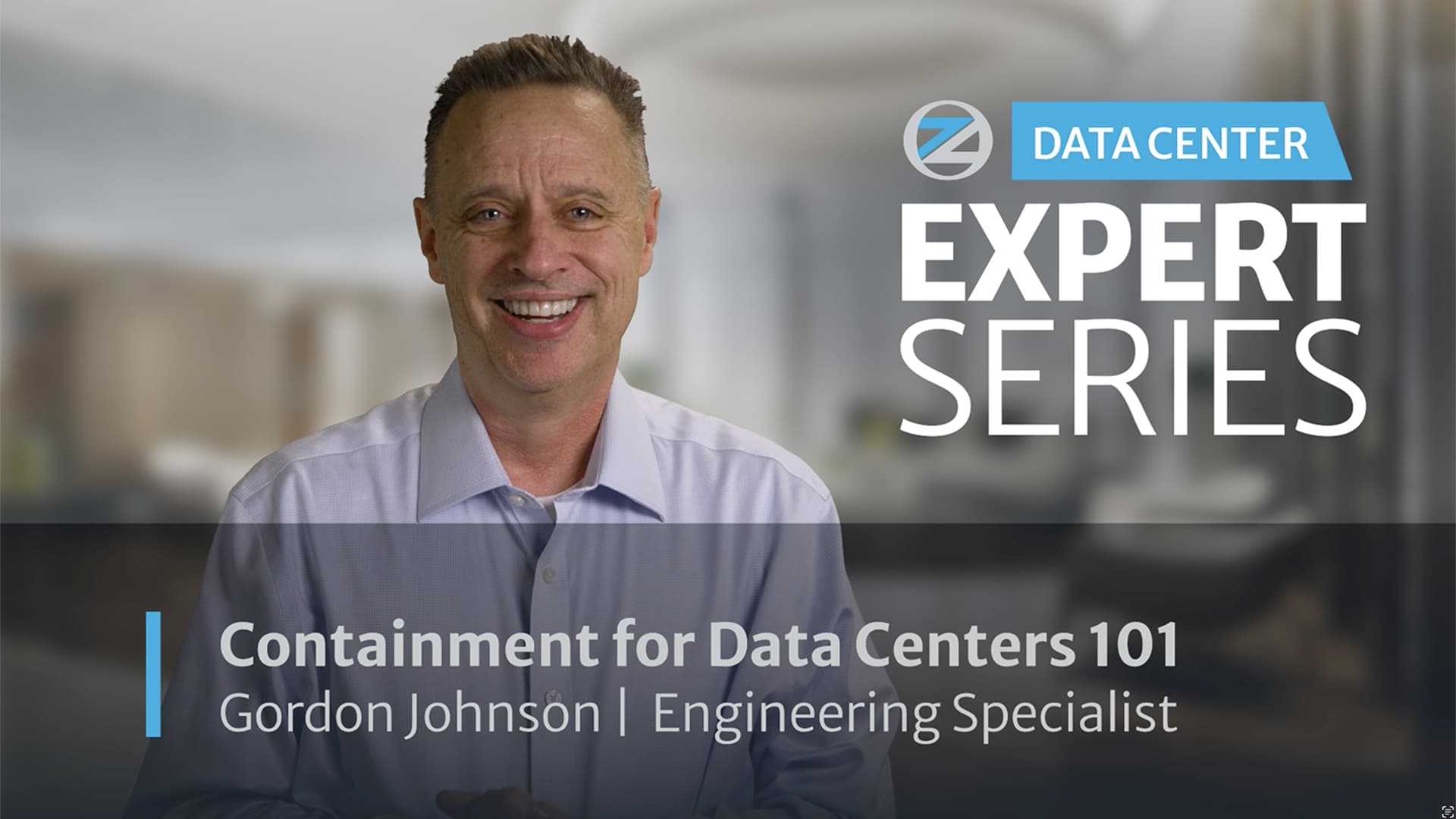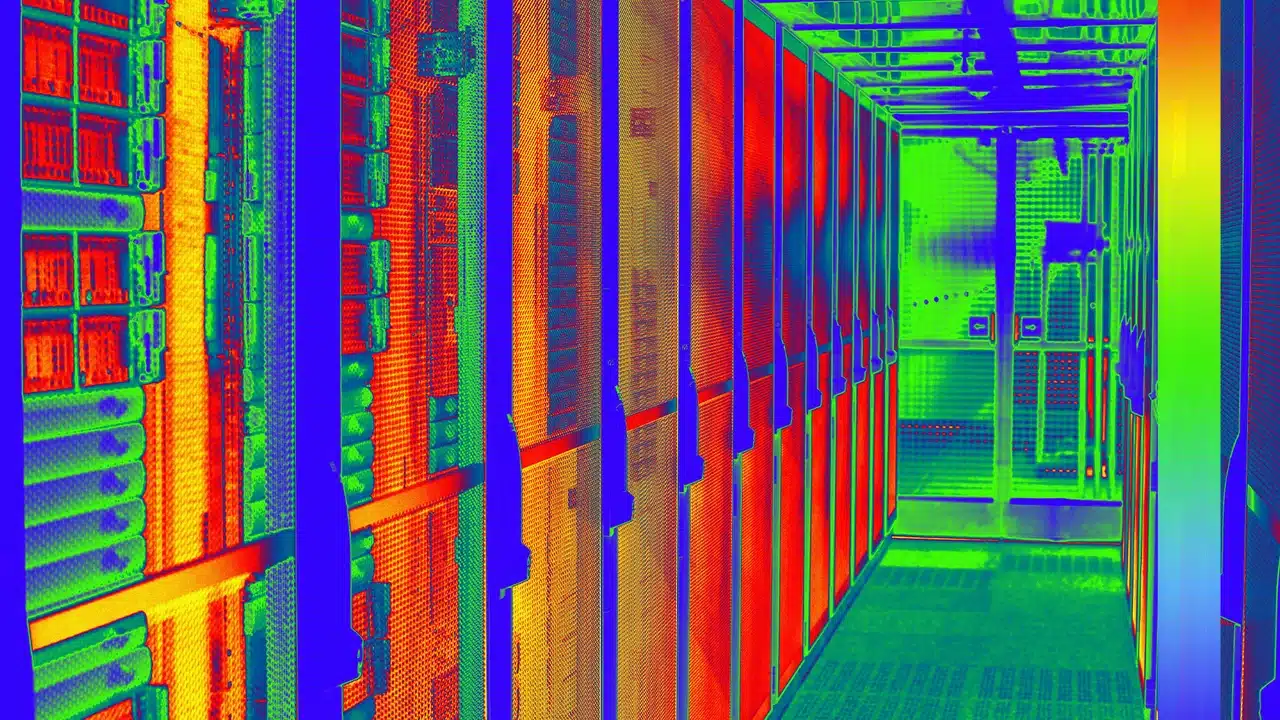Explore Subzero Engineering’s perspective on modern data center cooling solutions. Learn why the future isn’t about choosing between air or liquid cooling, but implementing a holistic, hybrid approach based on your specific needs and TCO.
Read MoreQ&A About Data Center Liquid Cooling











